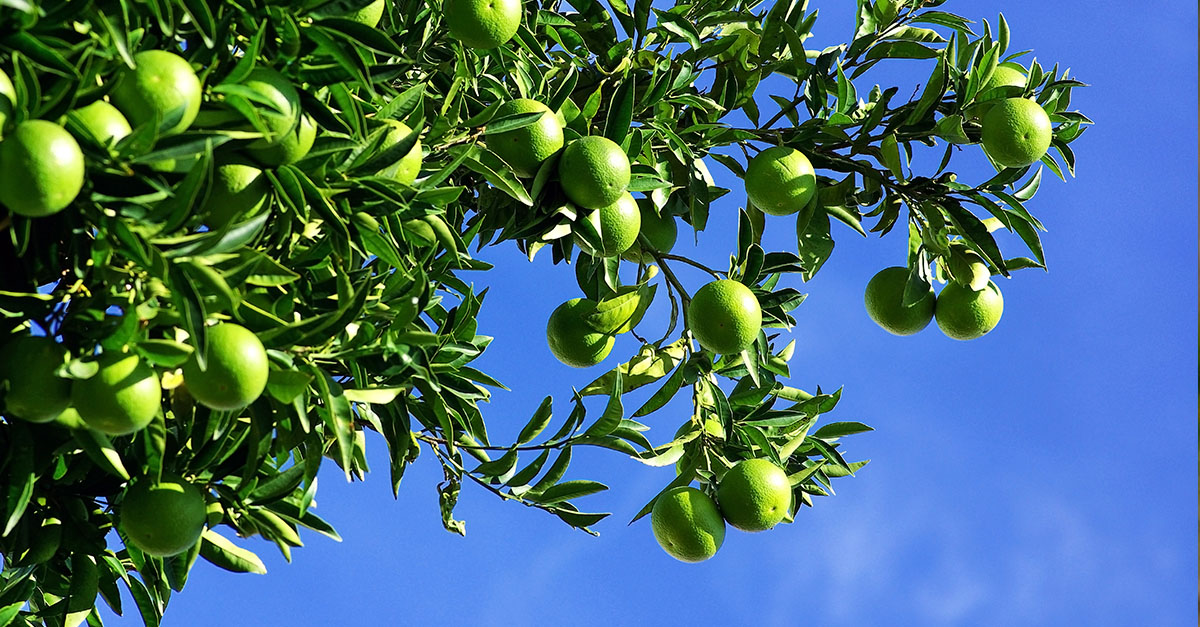
What a shocker!
Did you know that Oranges are naturally green?
Every once in a while you come across a piece of information that makes you question everything you know! We are here to tell you about one such amazing fact!
Didn’t you also think that oranges were named after their colour? Quite commonsensical right? Well, what if we tell you that THAT is in fact not true. Many believe that the name for Orange comes from the Sanskrit word nāranga which means Orange tree or the tree on which Oranges grow. This evolved into the Persian word nārang and the Arabic word nāranj. The word was then adopted in Old French as Orenge and eventually became Orange. Even more shocking is the fact that the word orange was used to describe a colour only after three hundred years the fruit was discovered. Before 1512, speakers of Old English used the word geolurēad, to describe the colour orange as yellow-red.
In warmer countries (especially near the equator like Thailand, Brazil, and Vietnam), the skin of an orange stays green all through its life. The orange colour of the peel often indicates that the fruit is about to rot as Oranges are non-climacteric fruit. This means that they do not continue ripening once they are harvested.
In most cases, a green orange means that the fruit is perfectly ripe and jam packed with chlorophyll. As time passes, it loses its chlorophyll and turns orange. So, in sunny countries, the chlorophyll stays in and the fruit stays green but in colder nations, the fruit becomes orange when the chlorophyll dies off. An easier way to understand this is that the same process happens when leaves turn orange in the fall.
Unfortunately, since most people believe that green colour indicates that the fruit is unripe; oranges are made to turn to that colour using ethylene gas, cold shocks, detergent, dye or wax.
We are sure you are as amazed by this fact as we were. So, the next time you assume something to be what you think it is, think twice!





